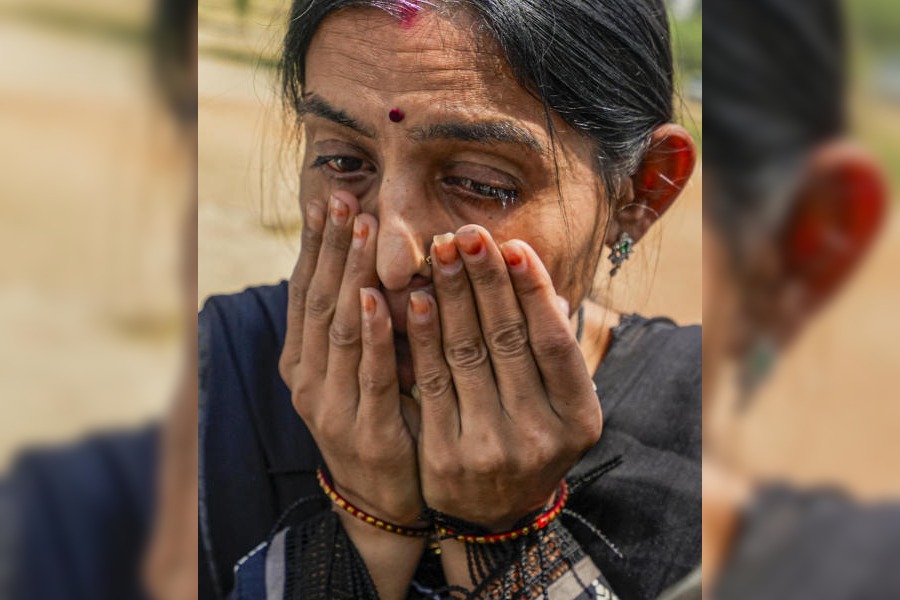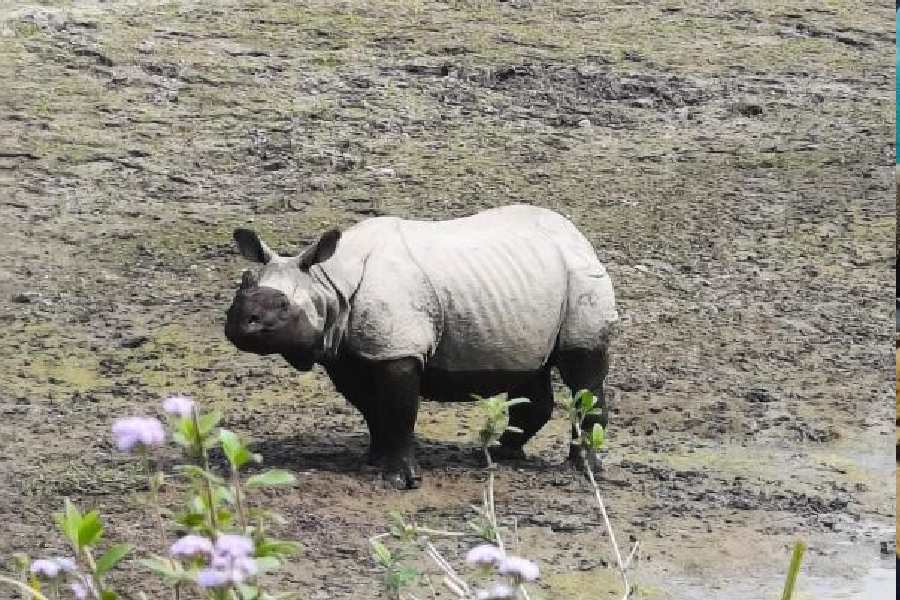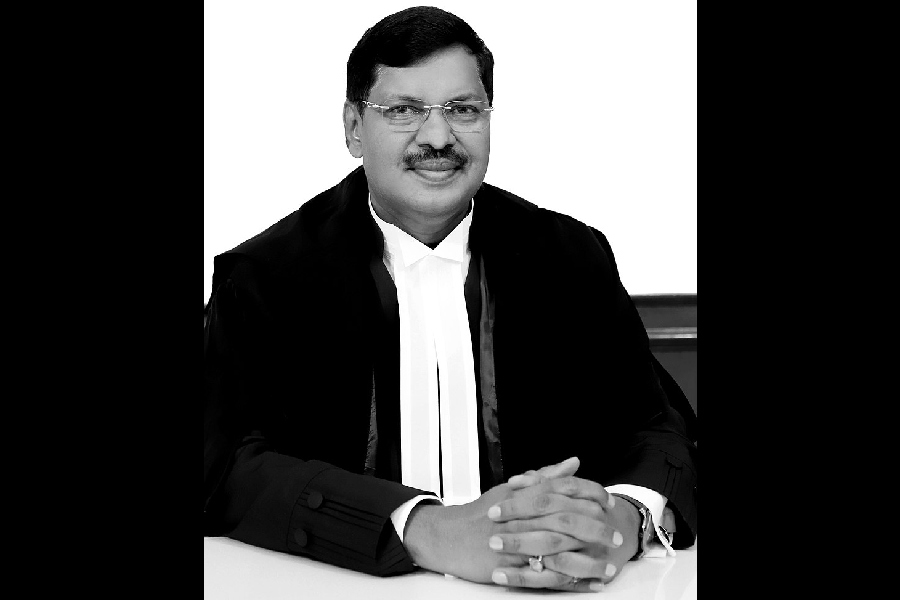 |
| Bulge bother? |
New Delhi, May 5: Scientists have pinpointed a gene sequence that could explain the high risk of obesity, diabetes and the bulge around the belly observed in Indians worldwide.
The sequence, which controls a gene that influences eating and energy balance, is more common in Indians than in Europeans, an international research team said yesterday.
“This is the first demonstration in Indians of a common genetic variant that increases the risk of both obesity and diabetes,” said Jaspal Kooner, professor of clinical cardiology at the Imperial College, London, who led the research team. The findings will appear in the journal Nature Genetics.
The study has indicated that about 10 per cent of Asian Indian population carried two copies of the genetic variant, 40 per cent carried one copy, and 50 per cent carried no copy of the variant.
“People with two copies of this genetic variant are likely to have an inch more around the waist and weigh 2kg heavier than the 50 per cent Indians who carry no copy,” Kooner told The Telegraph.
Several studies over the past decade have indicated that Indians are at higher risk of obesity and insulin resistance — a pre-diabetic condition — than Caucasians. Family studies have suggested a genetic component to this risk, but the associated gene sequences have remained unidentified.
The UK scientists analysed gene sequences in 2,684 Asian Indians living in the UK and 11,955 people of Indian or European ancestry and found a specific gene variant 50 per cent more common in Indians than in Europeans.
Doctors tracking obesity and insulin resistance trends in India said the discovery of the variation would bolster support for the idea that gene-lifestyle interactions influence obesity and diabetes.
“This is an important step in unravelling the genetics of obesity, but the biological mechanism makes a gene variant to translate into more waist circumference and weight needs to be investigated,” said Anoop Misra of Fortis Group of Hospitals.











